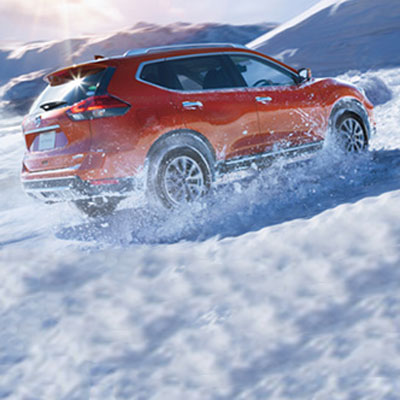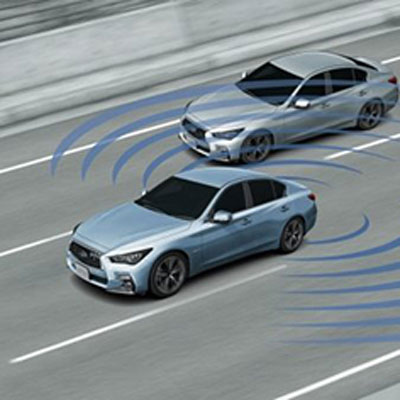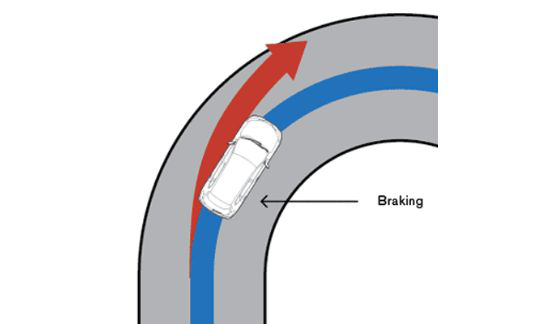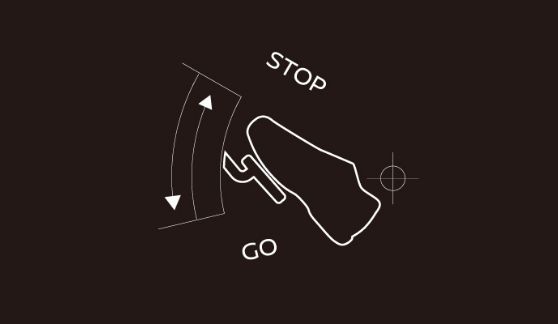Intelligent Ride Control
Realizing a more comfortable ride
When driving, a vehicle may encounter rough bumps on the road. As the vehicle passes over rough bumps, passengers may feel a fore-aft pitching motion (rocking forward or backwards). The Intelligent Ride Control* reduces this by controlling the engine (or motor) driving torque and braking to reduce vehicle fore-aft pitching for a smoother driving experience.
- Active Ride Control in US
Technology Functionality
When the driver pushes down on the accelerator pedal, and driving torque from the engine (or motor) is increased, the front of the vehicle rises in an upward angle slightly. Conversely, when the foot is taken off the accelerator pedal and driving torque is reduced, the front of the vehicle lowers back down. This motion results in the vehicle exhibiting a pitch behavior.
Intelligent Ride Control takes advantage of this phenomenon to counteract the pitching caused by bumps. The engine (or motor) torque is varied slightly according to the bumps in the road surface, which decreases the pitching motion of the vehicle and allows the vehicle’s occupants to have a more enjoyable driving or riding experience.

In addition, the vehicle suspension is fitted with shock absorbers which dampen the vertical and pitch motions of the vehicle. When dampening is strong, the motion caused by bumps on the road surface is quickly reduced. Conversely, with weak dampening, the motions caused by bumps can continue for a long time.
Nissan discovered that when the brake is applied, it has the effect of strengthening the dampening of body motion. Intelligent Ride Control includes technology developed to reduce vehicle pitching when passing over a bump by automatically applying a very small amount of braking. The amount of braking is not enough to slow the vehicle down appreciably, but still results in faster dampening of the pitch motion than the vehicle using shock absorbers alone. With Intelligent Ride Control, the pitching that follows when a vehicle passes over a bump is decreased in amount and duration, and the driving experience becomes more comfortable.
Technology Configuration
When a vehicle passes over a bump, the wheels speed fluctuates slightly when compared to the same vehicle driving on a flat surface. Using sensors to detect the change in the speed of the wheels, the system determines when the vehicle is moving up and down.
When vehicle pitching is minor, ride quality can be improved by increasing or decreasing the driving torque. When the pitching is stronger, the Intelligent Ride Control system engages the braking system to help minimize the pitching motion of the vehicle. Both driving torque and braking are modulated in small increments to help control the vehicle’s motion without making a noticeable change in the vehicle’s speed or interrupting the driver’s intentions. This system offers both drivers and passengers a comfortable and enjoyable journey.





